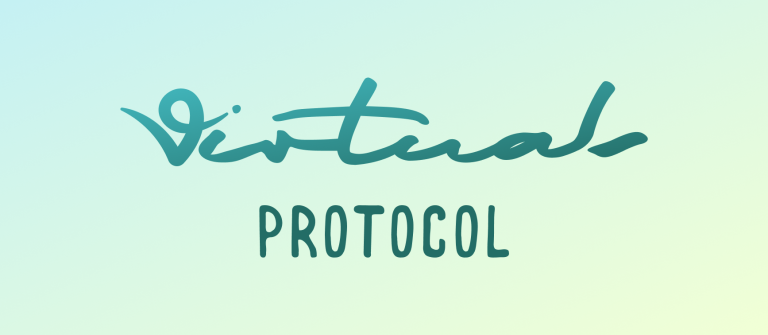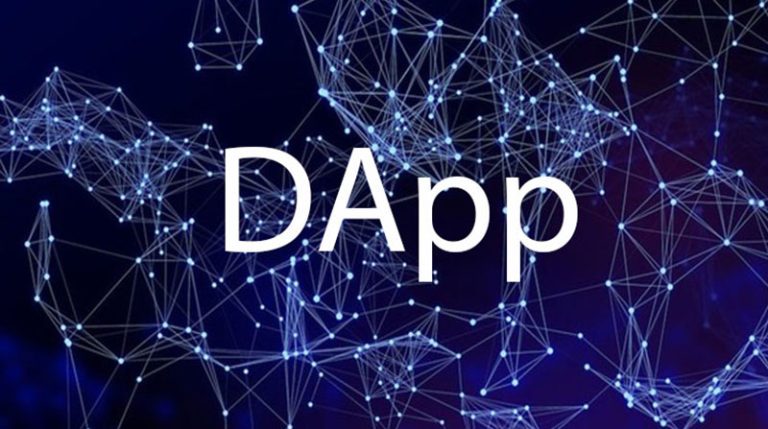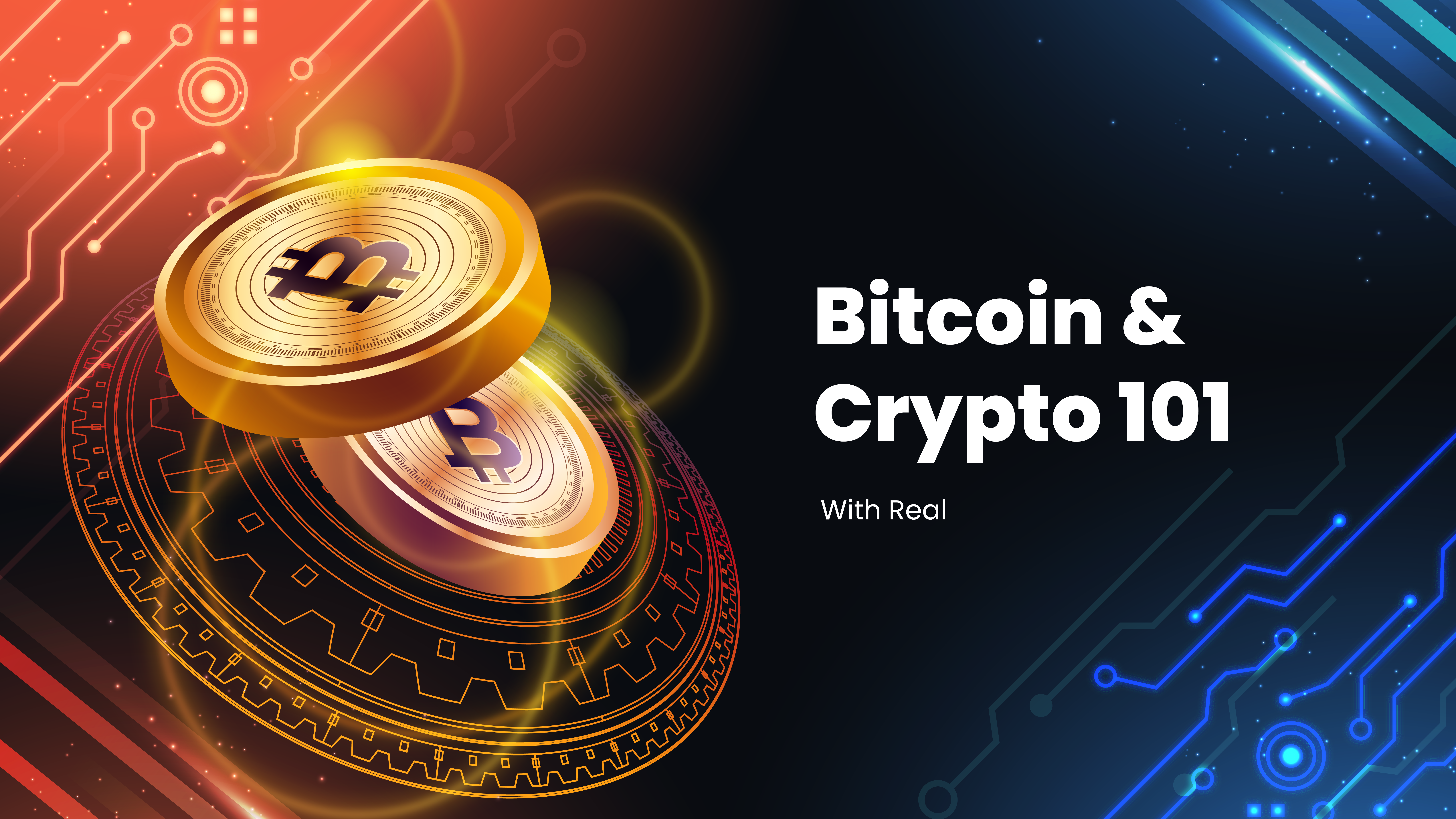Introduction
The purpose of this article is to introduce and explain render ai crypto, a project that aims to revolutionize the field of 3D rendering and artificial intelligence (AI) by leveraging the power of blockchain and distributed computing. Render ai crypto is also known as Render Network or RNDR, which is the name of its native token.
Overview
Render Network is a decentralized rendering network that connects artists and applications to GPU computing power, provided by node operators who volunteer their idle GPU resources. Render Network uses AI to accelerate and optimize the rendering process, which is the creation of realistic images and animations from 3D models and data. Render Network is built on top of the Ethereum blockchain, which ensures security, transparency, and traceability of all transactions and renders.
Background
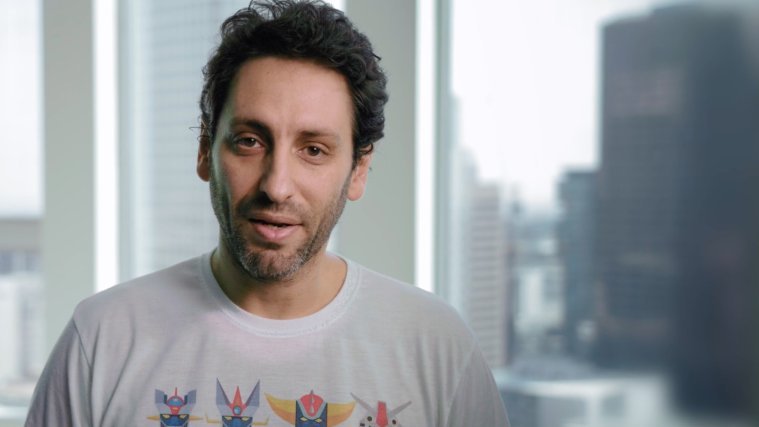
Render Network was founded by Jules Urbach, the CEO and founder of OTOY, a leading cloud graphics company that provides rendering software and services to Hollywood studios, game developers, and architects. Urbach envisioned Render Network as a way to democratize GPU cloud rendering and make it accessible and affordable for everyone. Render Network was launched in 2017, after a successful token sale that raised $23 million. Some of the historical milestones of Render Network are:
– In 2018, Render Network released its beta version and partnered with several platforms and projects, such as Decentraland, Arweave, and Golem.
– In 2019, Render Network integrated with the Brave browser and the Basic Attention Token (BAT), allowing users to earn RNDR tokens by viewing ads and content.
– In 2020, Render Network launched its mainnet and opened its network to the public, enabling anyone to join as a node operator or a render client.
– In 2021, Render Network announced its collaboration with Beeple, a famous digital artist who sold his NFT artwork for $69 million, to create a metaverse platform called B.20.
– In 2022, Render Network reached over 10,000 active nodes and over 1 million renders completed on its network.
Tokenomics
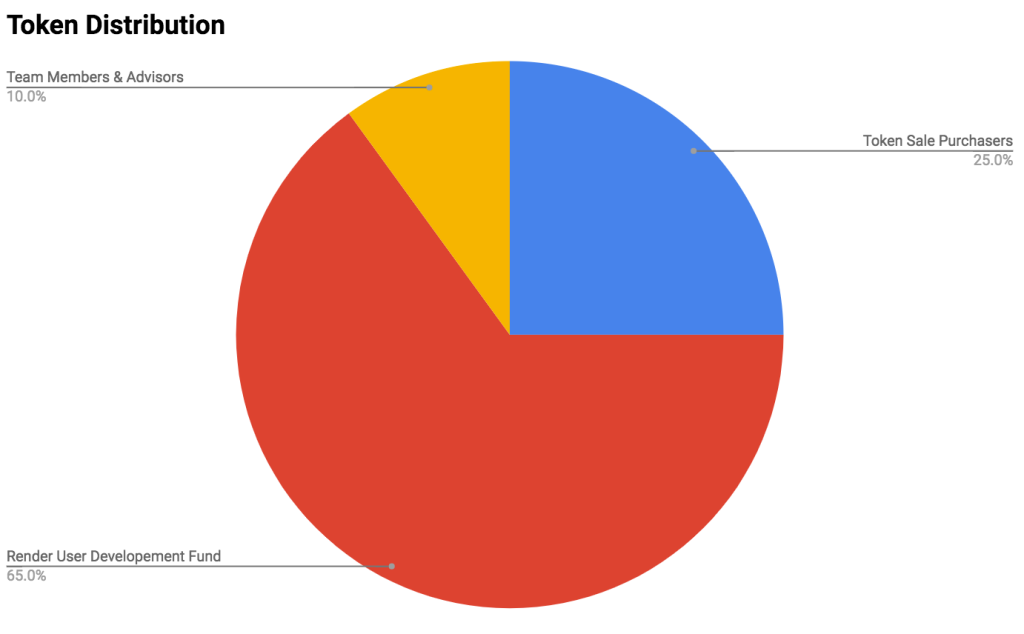
RNDR is the utility token of Render Network, which is used for payment and governance. RNDR is an ERC-20 token that runs on the Ethereum blockchain. The tokenomics of RNDR are as follows:
- Token Name and Symbol: Render Token (RNDR)
- Total Supply: 536,870,912 RNDR
- Token Distribution: 40% to token sale, 30% to network development fund, 15% to team and advisors, 10% to OTOY, and 5% to community and partnerships.
- Use Cases of the Token: RNDR tokens are used to pay for rendering services, to stake as collateral for node operators, to participate in network governance, and to access exclusive content and features.
- Where to Buy, Store, and Trade the Token: RNDR tokens can be bought, stored, and traded on various platforms, such as Uniswap, Coinbase, Binance, MetaMask, and Ledger.
Render Market Statistics
Market Cap: $1,348,561,235
Circulating Supply: 371,908,453 RNDR
Supply Cap: 530,962,615 RNDR
All-time High: $8.76 -57.53% November 21st, 2021
All-time Low: $0.03676 +10019.55% June 16th, 2020
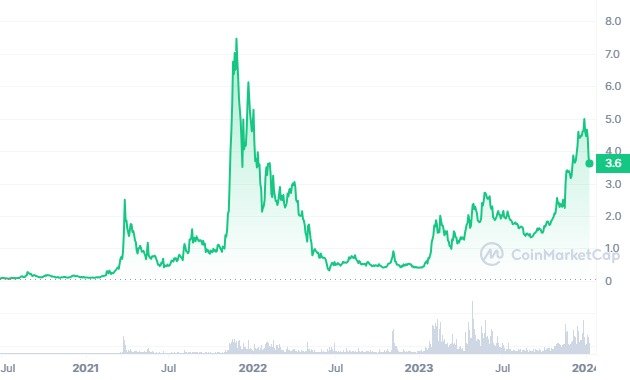
Features and Functionality
Render Network offers several features and functionalities that make it a unique and innovative project in the field of 3D rendering and AI. Some of the core features and use cases of Render Network are:
- Distributed GPU Rendering: Render Network allows users to access near-unlimited GPU computing power from a global network of node operators, who are incentivized to share their idle GPU resources. This enables users to render high-quality images and animations faster and cheaper than traditional cloud rendering services.
- AI Acceleration and Optimization: Render Network uses AI to enhance and streamline the rendering process, by applying techniques such as denoising, upscaling, compression, and style transfer. This allows users to achieve better results with less data and time.
- Digital Rights Management: Render Network provides granular digital rights management for 3D content, by using blockchain to track and verify the provenance and ownership of each render. This enables users to protect their intellectual property and monetize their creations.
- Immersive Media and Metaverse: Render Network supports the creation and consumption of immersive media, such as virtual reality (VR), augmented reality (AR), and mixed reality (MR). Render Network also enables the development of metaverse platforms, such as B.20, which are virtual worlds that combine 3D content, social interaction, and economic activity.
Roadmap and Future Developments
Render Network has a clear and ambitious roadmap for its future development, which includes the following goals and objectives:
- In 2023, Render Network plans to launch its second layer solution, called Render Layer 2 (RL2), which will increase the scalability, efficiency, and interoperability of its network, by using technologies such as zk-SNARKs, Polygon, and IPFS.
- In 2024, Render Network aims to expand its network to other blockchains and ecosystems, such as Polkadot, Cosmos, and Solana, which will enable cross-chain rendering and collaboration.
- In 2025, Render Network intends to integrate its network with more platforms and projects, such as Unreal Engine, Unity, Blender, and Adobe, which will increase its user base and adoption.
- In 2026, Render Network envisions to become the leading rendering network for the next generation of 3D content creation and AI, by supporting new formats and standards, such as holograms, volumetric video, and neural rendering.
Risks and Challenges
Render Network faces several risks and challenges that could affect its success and growth, such as:
- Technical Risks: Render Network relies on complex and cutting-edge technologies, such as blockchain, AI, and 3D rendering, which could pose technical difficulties and vulnerabilities, such as bugs, hacks, and errors.
- Regulatory Risks: Render Network operates in a highly regulated and uncertain environment, where the legal status and compliance of cryptocurrencies and 3D content are unclear and vary across jurisdictions, which could result in legal disputes and restrictions.
- Competitive Risks: Render Network competes with other rendering networks and services, both centralized and decentralized, such as Golem, iExec, and AWS, which could offer better performance, features, or prices.
- Adoption Risks: Render Network depends on the adoption and participation of both node operators and render clients, who may have different preferences, expectations, and incentives, which could affect the supply and demand of GPU computing power and RNDR tokens.
Conclusion
Render Network is a decentralized rendering network that leverages the power of blockchain and AI to revolutionize the field of 3D rendering and AI. Render Network connects artists and applications to GPU computing power, provided by node operators who share their idle GPU resources. Render Network uses AI to accelerate and optimize the rendering process, which is the creation of realistic images and animations from 3D models and data. Render Network also provides digital rights management, immersive media, and metaverse support for 3D content. Render Network has a native token called RNDR, which is used for payment and governance. Render Network has a clear and ambitious roadmap for its future development, which includes launching its second layer solution, expanding its network to other blockchains, integrating its network with more platforms, and becoming the leading rendering network for the next generation of 3D content creation and AI. Render Network faces several risks and challenges, such as technical, regulatory, competitive, and adoption risks, which could affect its success and growth.
Sources
https://coinmarketcap.com/currencies/render/
https://beincrypto.com/injective-render-borroefinance-surge/
https://www.forbes.com/uk/advisor/investing/cryptocurrency/top-10-artificial-intelligence-ai-cryptocurrencies/

